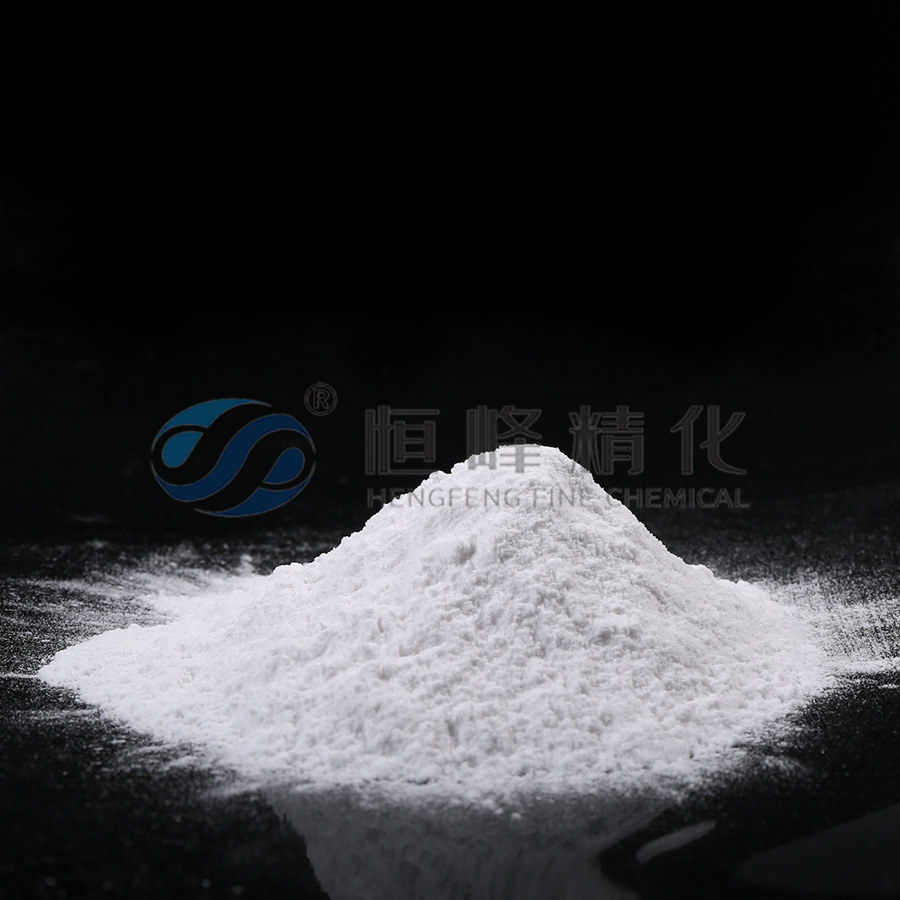The Impact of pH Variations on High Molecular Weight PAM in Paper Making
The role of paper making retention aids in the paper-making process is crucial for improving fiber retention, reducing waste, and enhancing the quality of the final paper product. Among the various retention aids used in the industry, high molecular weight polyacrylamide (PAM) stands out due to its exceptional performance in retaining fibers, fillers, and other chemicals within the slurry. However, one key factor that significantly influences the effectiveness of PAM is the pH level of the papermaking process. pH fluctuations can have a profound impact on how PAM interacts with the fibers and chemicals in the slurry, affecting everything from retention efficiency to the overall quality of the paper. Understanding this relationship is essential for optimizing the use of retention aids and ensuring consistent paper production.
pH plays a pivotal role in determining the charge density and molecular structure of polyacrylamide, which in turn affects its ability to bond with fibers and other materials in the slurry. PAM is a synthetic polymer that can carry either positive or negative charges depending on its chemical composition. In an acidic environment (low pH), the polymer tends to retain more of its positive charge, which can improve its ability to bind with negatively charged particles like fiber fines and fillers. Conversely, in an alkaline environment (high pH), the polymer may undergo deprotonation, leading to an increase in negative charges. This shift can alter how effectively PAM interacts with various components in the slurry, potentially reducing its retention capacity.

For papermakers, maintaining the optimal pH level is essential to ensure that retention aids like high molecular weight PAM perform at their best. If the pH is too acidic or too alkaline, the polymer may not function as intended, leading to suboptimal retention of fibers and fillers. In extreme cases, improper pH levels can cause the polymer to degrade or lose its ability to form the necessary bonds with other materials, reducing its effectiveness as a retention aid. On the other hand, maintaining a balanced pH within a specific range can help PAM maintain its molecular structure and charge characteristics, ensuring efficient fiber retention and improved paper quality.
The challenge of managing pH levels in papermaking becomes particularly evident in processes that involve recycled paper fibers or complex chemical formulations. Recycled fibers often carry a range of pH levels due to the different chemical treatments they have undergone in previous cycles. This variability can cause fluctuations in the pH of the slurry, affecting the behavior of PAM and potentially leading to inconsistent retention rates. Additionally, the presence of other chemicals like sizing agents or dyes can further complicate the pH balance, requiring careful monitoring and adjustment to maintain the desired performance of the retention aid.
The ability to fine-tune pH levels for optimal retention aid performance is one of the hallmarks of modern papermaking. Advances in chemical formulations have led to the development of PAM variants that offer greater flexibility across a wider pH range, allowing papermakers to operate in diverse conditions. These more adaptable retention aids can perform well across a variety of pH levels, from acidic to neutral to mildly alkaline, making them ideal for operations that deal with a mix of raw materials or fluctuating pH conditions. By incorporating these innovative solutions, papermakers can reduce the need for frequent pH adjustments while maintaining high levels of fiber retention and paper quality.
pH fluctuations can influence the charge and structure of PAM, which directly impacts its ability to retain fibers and fillers effectively. By understanding these dynamics and ensuring that the pH level remains within the ideal range, papermakers can enhance the efficiency of their operations, reduce chemical usage, and produce high-quality paper products. As the industry continues to innovate, developing retention aids that can perform under a wider range of pH conditions will offer even greater flexibility and efficiency, helping papermakers meet the ever-growing demand for quality and cost-effective production.


 English
English Español
Español عربى
عربى Русский
Русский Tiếng Việt
Tiếng Việt
















